Physical therapy bars, commonly referred to as parallel bars, play a vital role in modern therapy and rehabilitation settings. These essential tools assist patients with a wide variety of conditions, ranging from post-surgical recovery to chronic mobility challenges. Let’s explore the diseases and conditions where therapy parallel bars are most effective, and how they contribute to recovery and improved mobility.
1. Gait Training and Mobility Disorders
Parallel bars are used extensively for gait training, helping patients regain their ability to walk after neurological or muscular disorders. Conditions like stroke, multiple sclerosis, or spinal cord injuries often result in impaired movement and balance. The adjustable height and width of these bars allow therapists to accommodate patients of different sizes and needs. By providing a sturdy grip, they enable individuals to focus on improving their range of motion and strength without fear of falling.
2. Post-Surgical Recovery
After orthopedic surgeries such as joint replacements or fracture repairs, patients may need support to fix their gait and posture. Physical therapy parallel bars assist in rehab, offering a controlled environment where patients can safely perform exercises to strengthen their legs and improve blood flow to affected areas. The heavy-duty design ensures safety during these crucial recovery phases.
3. Neurological Disorders
Conditions such as Parkinson’s disease, cerebral palsy, and traumatic brain injuries often require therapy parallel bars to assist with balance and coordination. These products enable patients to perform repetitive training exercises, which help develop muscle memory and improve mobility over time. Physical therapists frequently recommend these items for their versatility in rehabilitation programs.
4. Strength Building for Bariatric Patients
For patients in bariatric categories, the heavy structure and platform-mounted stability of some models of physical therapy bars provide additional support. By engaging in controlled workouts, these patients can increase their strength gradually, while the adjustable settings ensure they feel secure throughout the process.
5. Pediatric Therapy
Children with developmental delays or physical disabilities also benefit from parallel bars for physical therapy. These equipment pieces are often paired with playful exercise routines to keep young patients engaged while improving their range of motion and functional abilities.
6. Rehabilitation After Sports Injuries
Athletes recovering from knee, ankle, or shoulder injuries rely on therapy parallel bars to regain their speed, flexibility, and joint stability. The addition of resistance bands or wooden platforms can enhance these recovery routines, ensuring targeted muscle activation and gradual movement improvement.
7. Chronic Back Pain
Patients with back pain often use physical therapy parallel bars to perform exercises that strengthen the core and spinal support muscles. These routines, supervised by a therapist, aim to prepare the back for daily activity and help patients regain confidence in their physical abilities.
8. Elderly Care and Fall Prevention
For older adults, maintaining balance and reducing the risk of falls is a top priority. Therapists often recommend folding parallel bars for use at home or in gym environments. These products are not only compact for storage but also designed to assist seniors in improving their balance and coordination.
9. Rehabilitation Facilities and Hospitals
In medical settings, therapy parallel bars are often integrated with mat tables or drop sections for comprehensive rehab programs. Patients recovering from injuries or surgeries can use these tools for gait training, balance improvement, and strength building. The handrail design, combined with a flat top, ensures optimal comfort and support during therapy.
10. Customizable Options for Diverse Needs
Modern parallel bars come in a variety of designs, including height and width adjustable models. These features offer versatility, making it easier for therapists to adjust the equipment to suit individual needs. Whether the aim is to develop upper body strength or improve lower limb mobility, these bars provide the perfect solution.
Key Features and Benefits of Physical Therapy Bars
- Adjustable Height and Width: Ensures the product can accommodate patients with various body types.
- Heavy-Duty Design: Offers durability and safety for patients during intense therapy sessions.
- Platform Mounted Options: Ideal for clinics, providing added stability.
- Wooden and Flat Top Models: Enhance comfort and grip during use.
- Storage-Friendly Folding Parallel Bars: Perfect for home environments or facilities with limited space.
- Mat Table w/ Drop Section Compatibility: Expands their utility in treatment programs.
Choosing the Right Physical Therapy Bars
When selecting parallel bars, consider the price, design, and features that match your rehabilitation goals. Look for models with adjustable settings, bariatric support options, and durable materials like wood or steel. If you’re a customer or department leader seeking guidance, reliable customer service can offer assistance in choosing the ideal item for your needs.
Conclusion
From assisting with post-surgical recovery to supporting individuals with neurological disorders, parallel bars are a cornerstone of modern therapy and rehabilitation. Whether in a hospital, clinic, or home setting, these versatile tools empower patients to regain mobility, improve strength, and rebuild their confidence. If you’re considering a purchase, make sure to evaluate features like adjustable height and width, durability, and compatibility with other exercise equipment. With the right commitment, these tools can transform the path to recovery, ensuring long-term success for patients across all age groups.
The two—channel electric massager is your personal assistant in maintaining health and well-being. Combining efficiency and convenience, it allows you to enjoy the benefits of professional massage at home. You can buy this device at the best price in our online store.
Key Takeaways
- Parallel bars are used for a wide range of conditions, including neurological disorders, post-surgical recovery, and strength training.
- Features like adjustable height and width and heavy-duty design ensure safety and flexibility.
- They are essential for improving mobility, balance, and range of motion during rehab.
- Versatile options, such as folding parallel bars, offer solutions for diverse therapy settings.


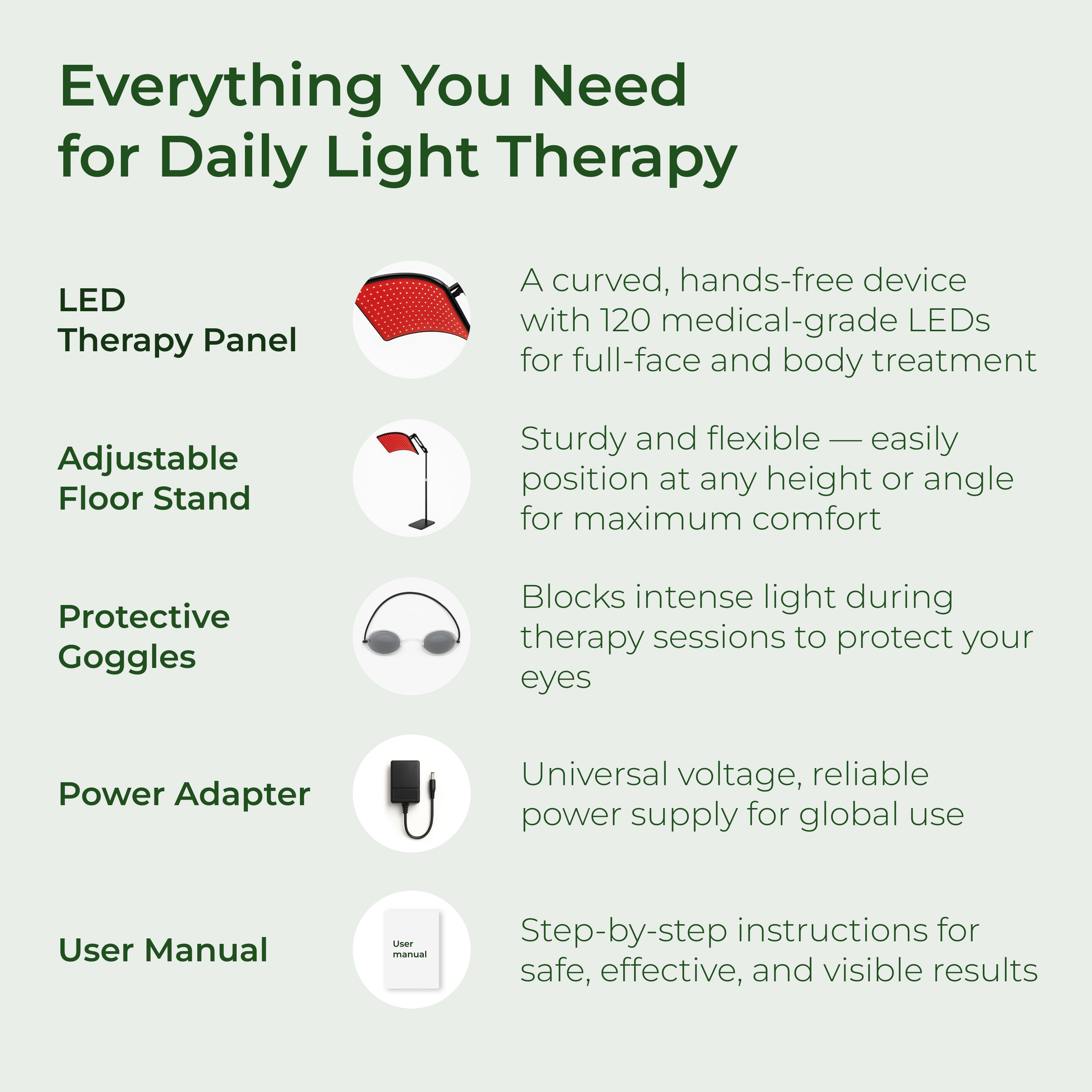
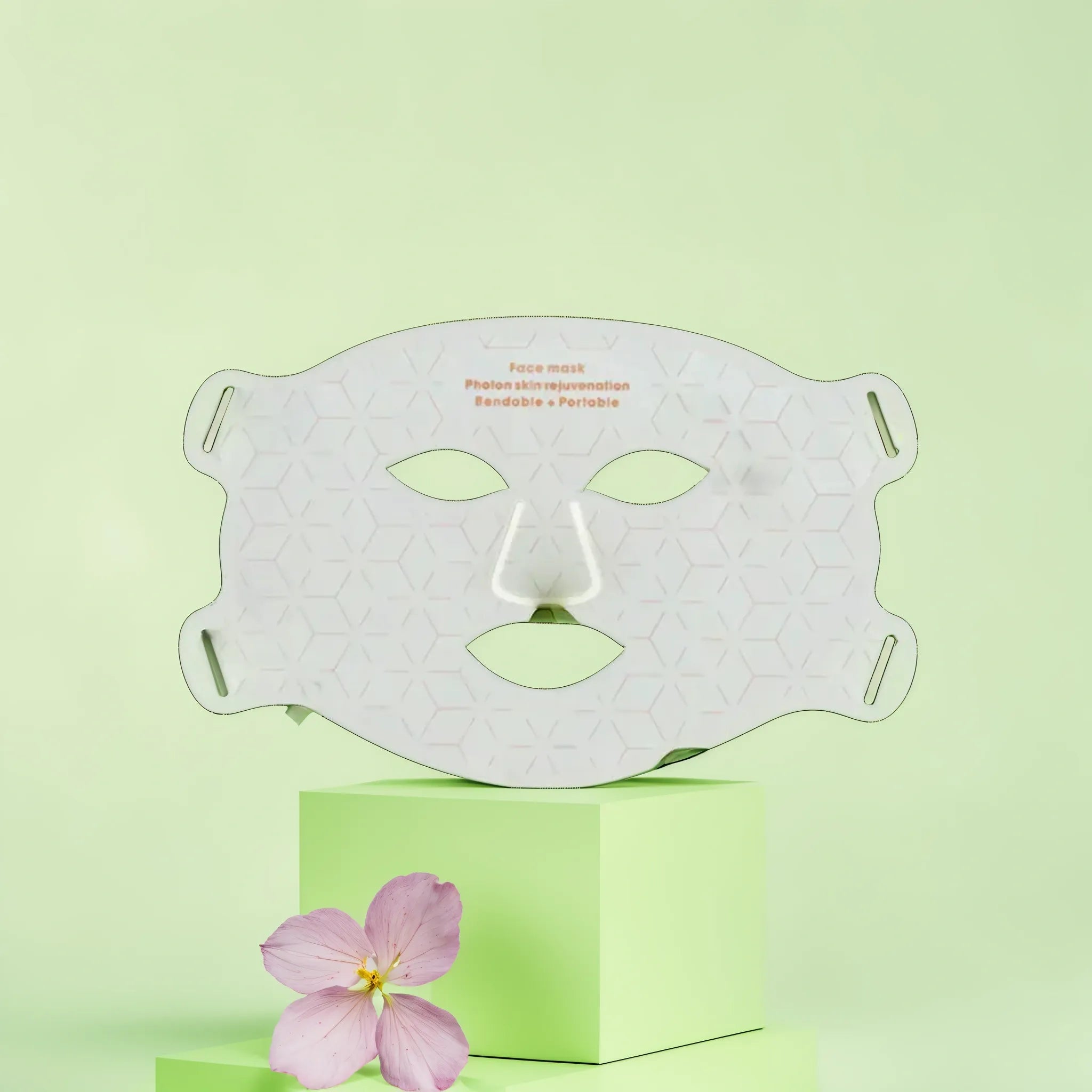
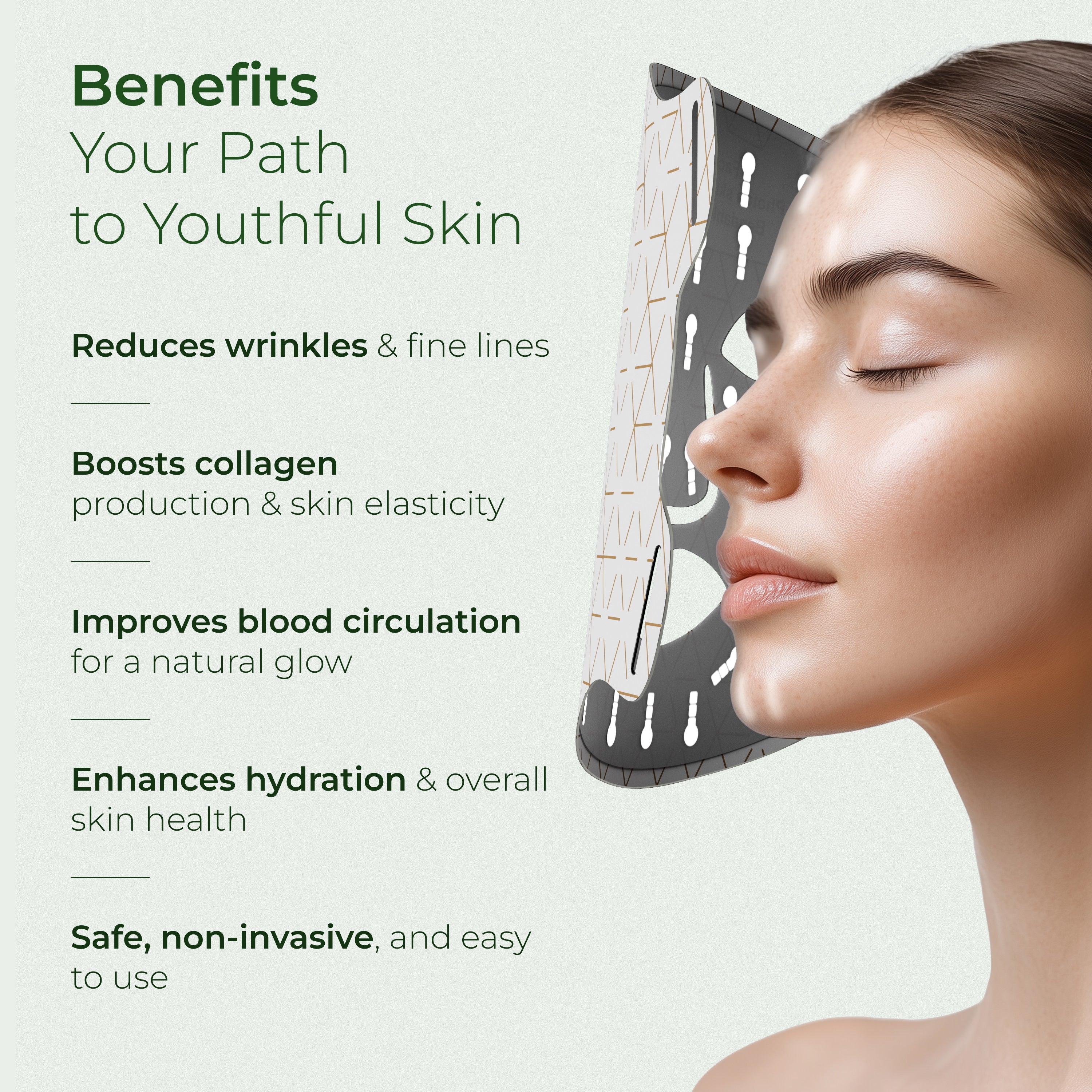
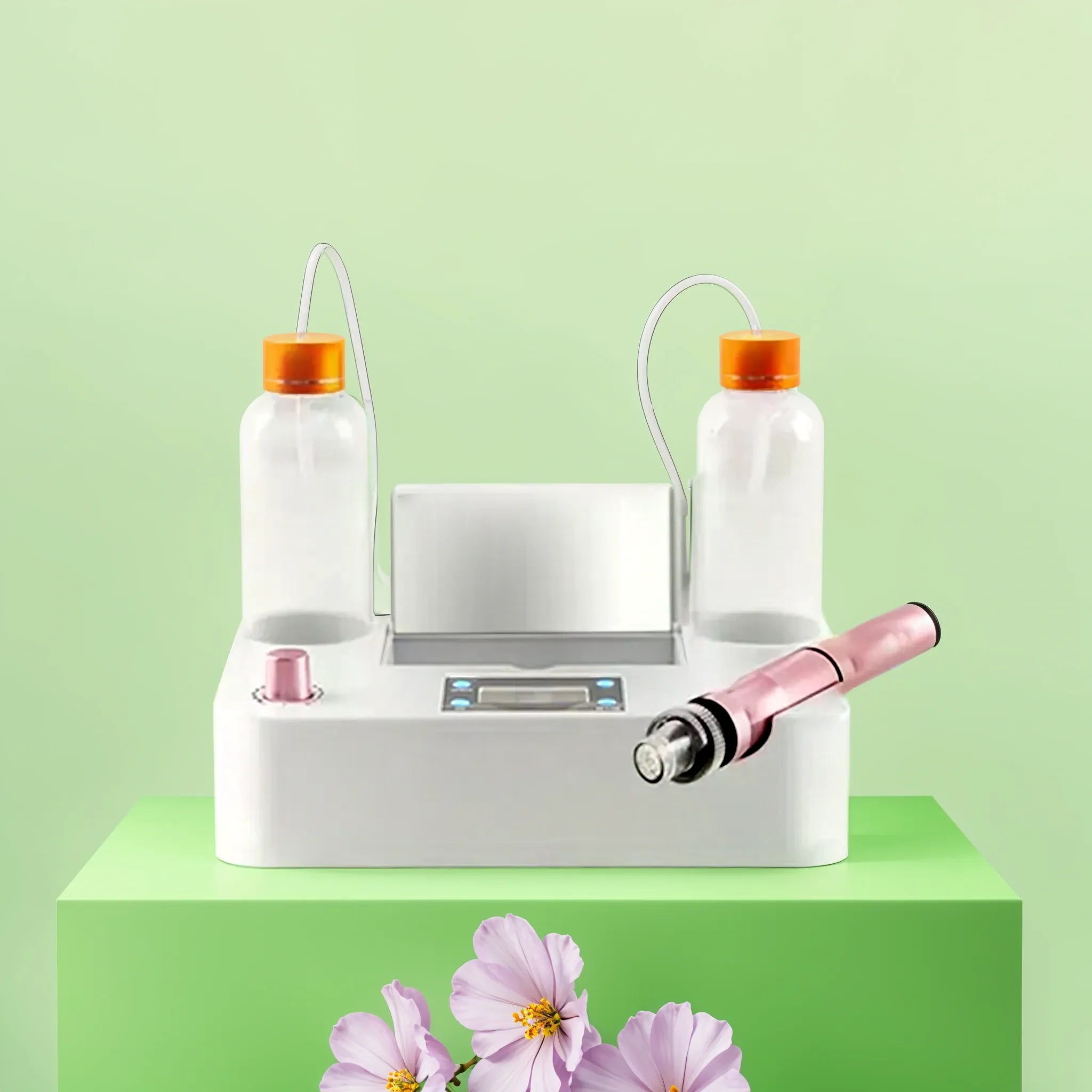
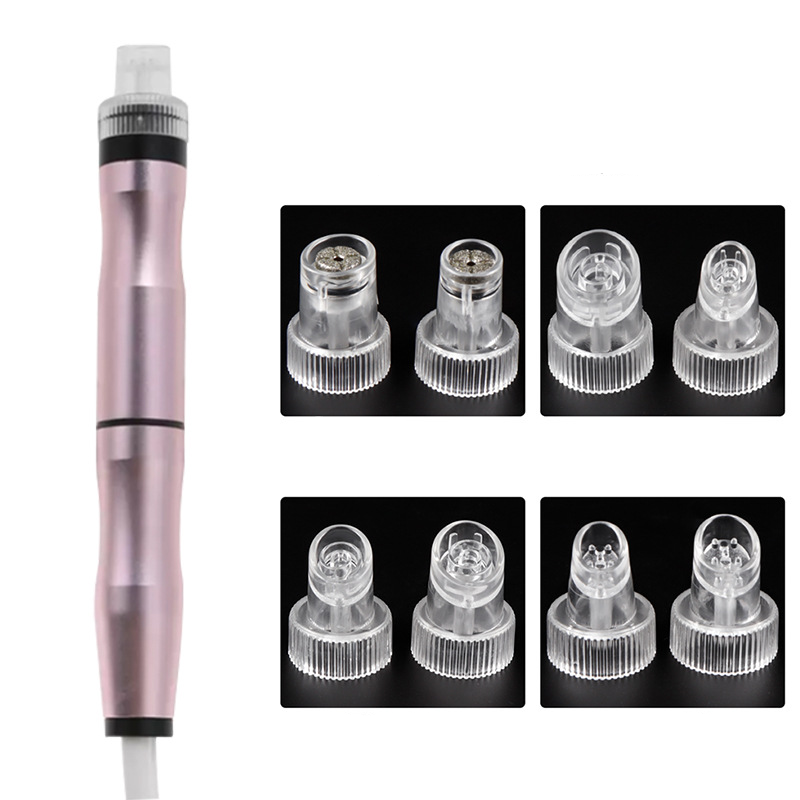
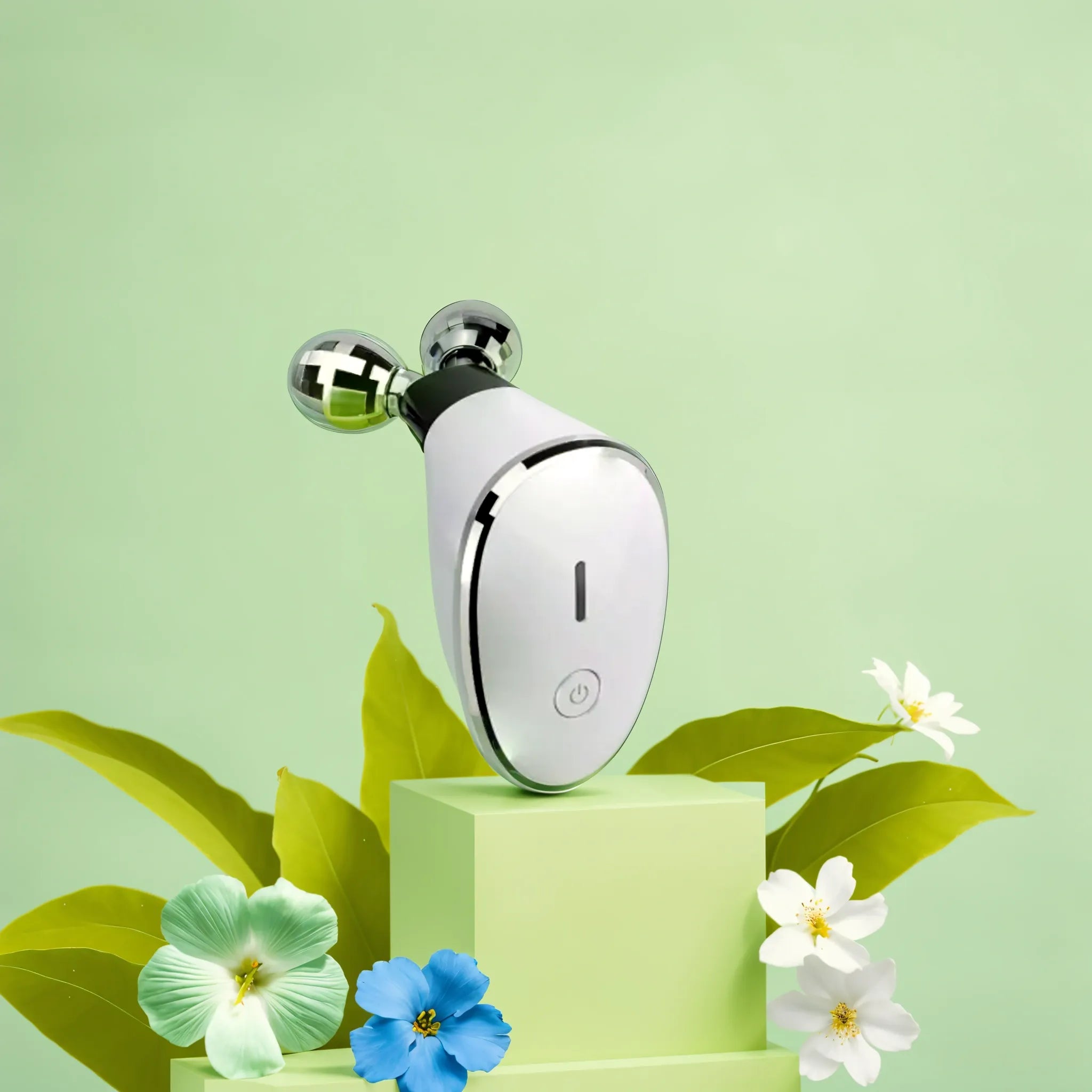
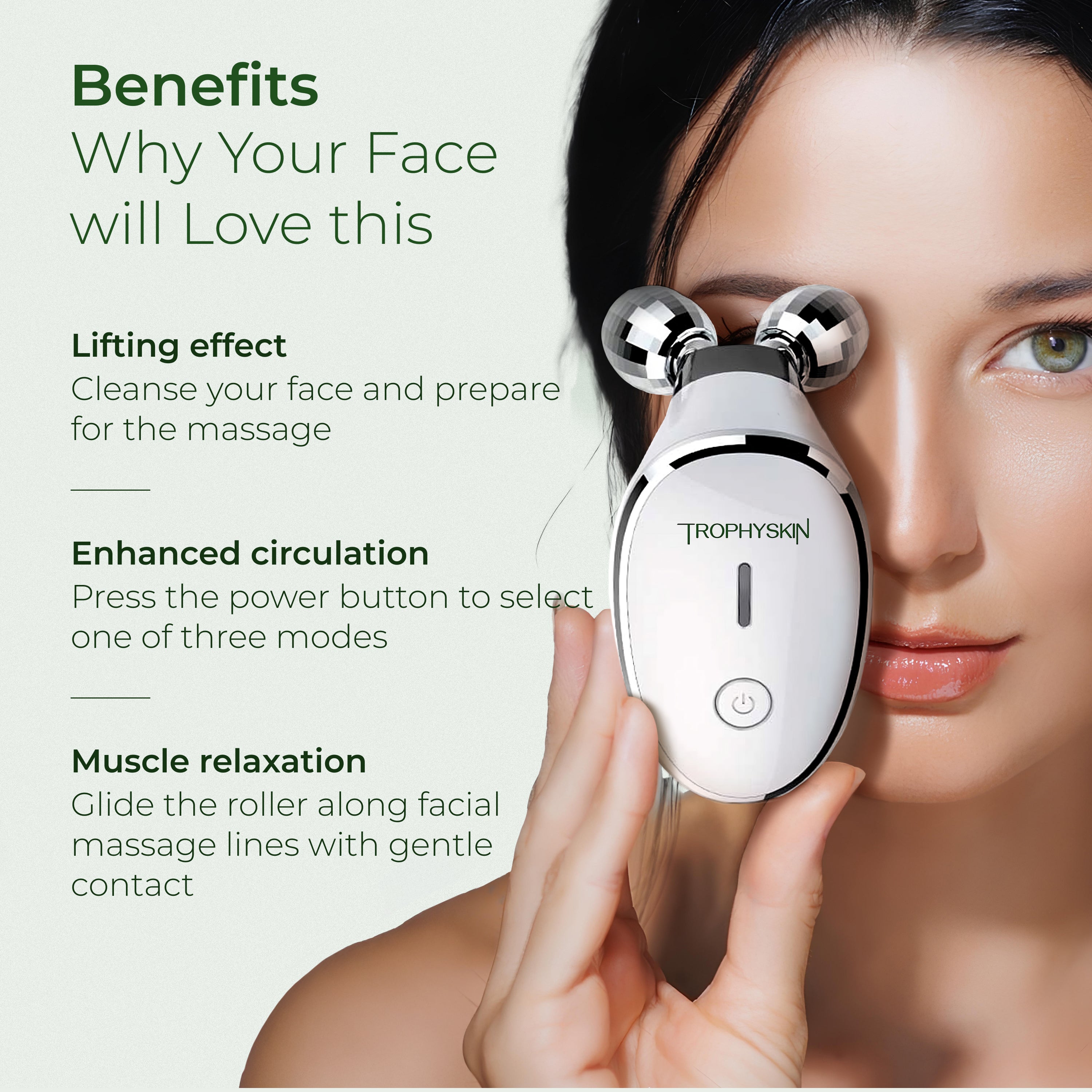





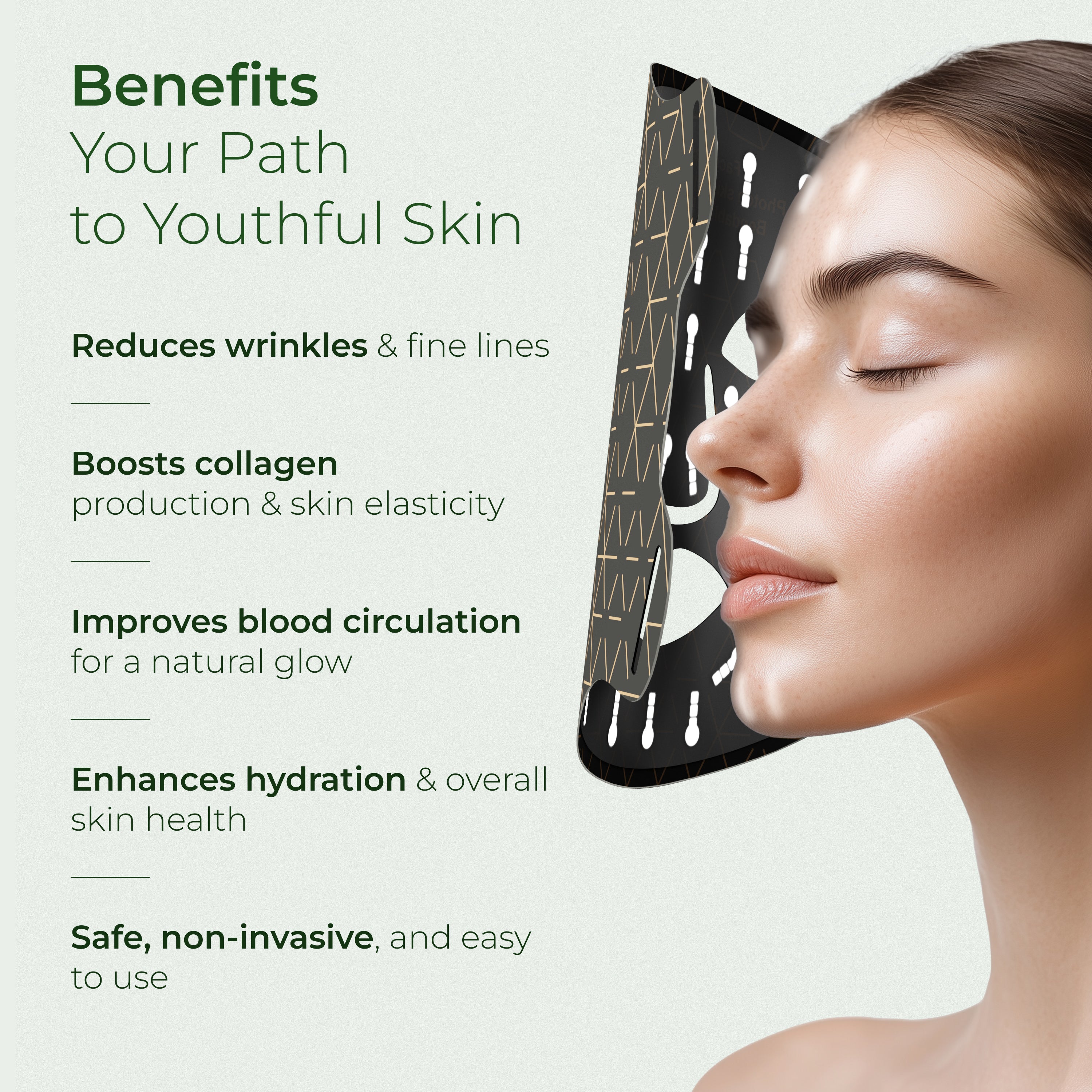
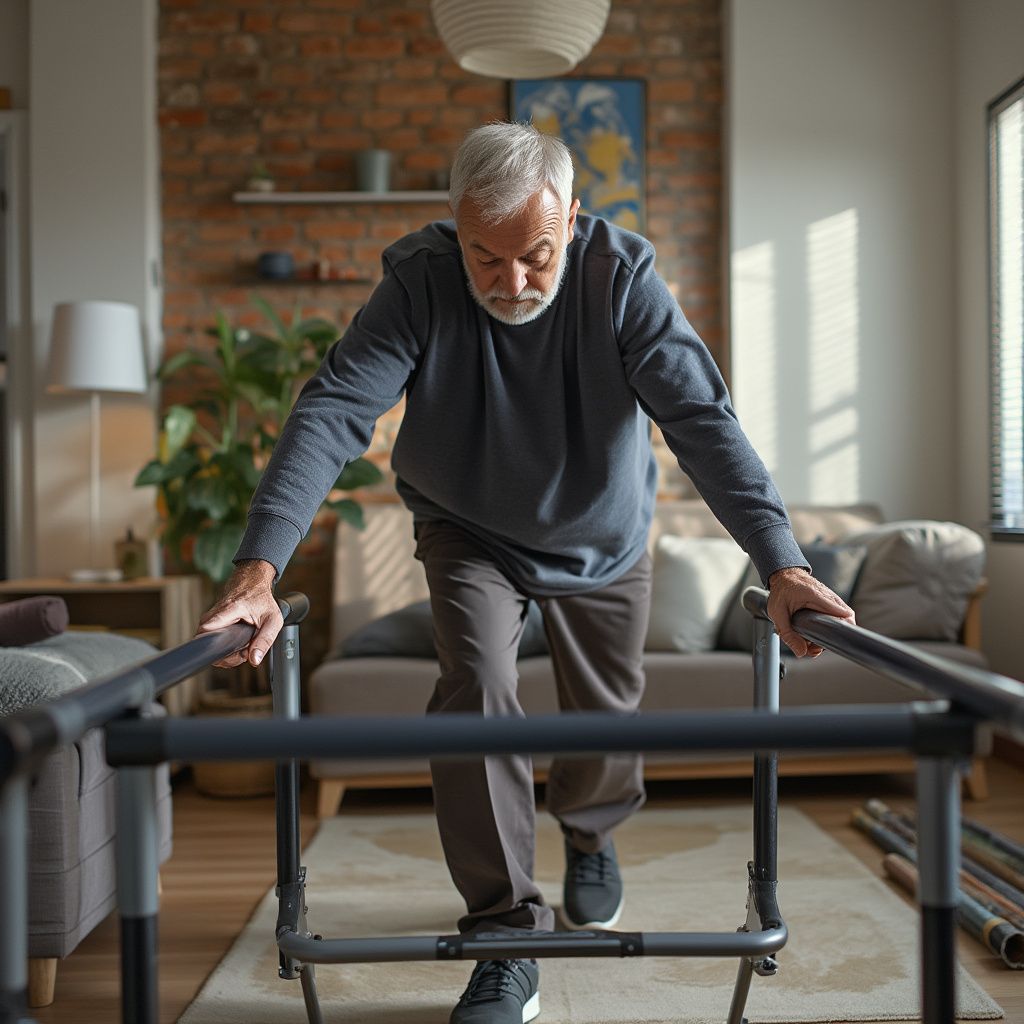

Leave a comment
This site is protected by hCaptcha and the hCaptcha Privacy Policy and Terms of Service apply.